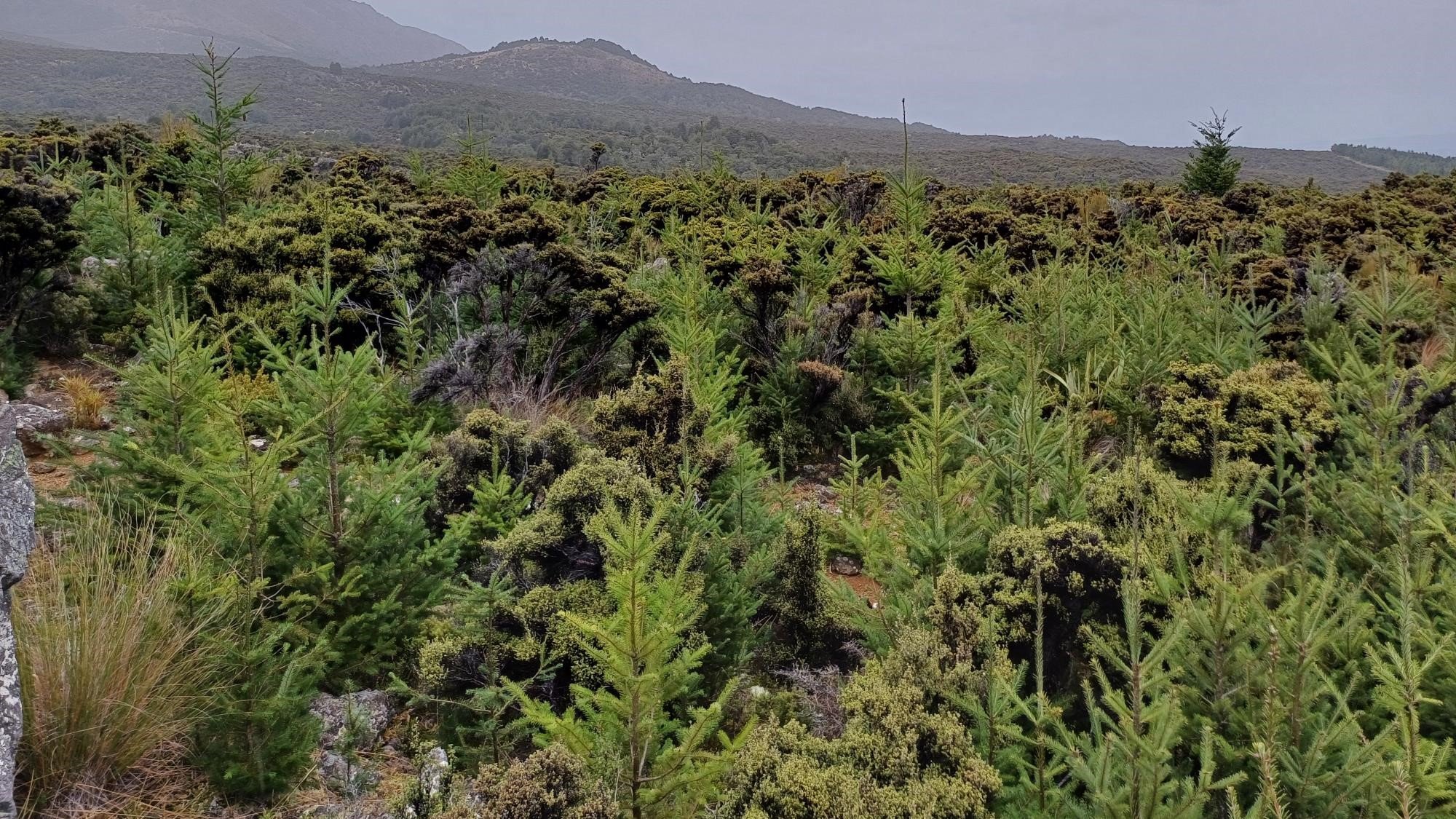
Southland has previously been described as reaching a "tipping point" as trees spread aggressively through high country, farmland and conservation areas.
Environment Southland acting chief executive Rob Phillips said yesterday about $25 million extra was required to tackle the issue of wilding pines on top of the "ballpark" $20m now being spent by government and councils.
"We’re hardly treading water, but we are going backwards," he said.
Douglas fir has previously been highlighted as a species of concern in Southland because of the distance its seed can travel, tolerance to climate and commercial popularity.
Mr Phillips touched on that point, saying the tree was seen as a favourable production species, making it a challenge to turn that around and put liability back on plantations.
"This is certainly the biggest biodiversity threat to our tussock grasses in the South Island and central North Island."
His comments followed concern from regional councillor Alastair Gibson that the council had recorded its containment of the trees as "partially achieved" in a biosecurity report.
"I think we’re going backwards to be honest," Cr Gibson said.
The council report measured a range of outcomes for a one-year period and showed the council had reached the majority of its biodiversity targets.
But it also noted some of the larger biosecurity programmes were beginning to struggle because the scale of pest issues was greater than the capacity to respond.
Harmful species the council fought fell under four categories: marine, animal, plant and freshwater.
■ LDR is local body journalism co-funded by RNZ and NZ On Air.












